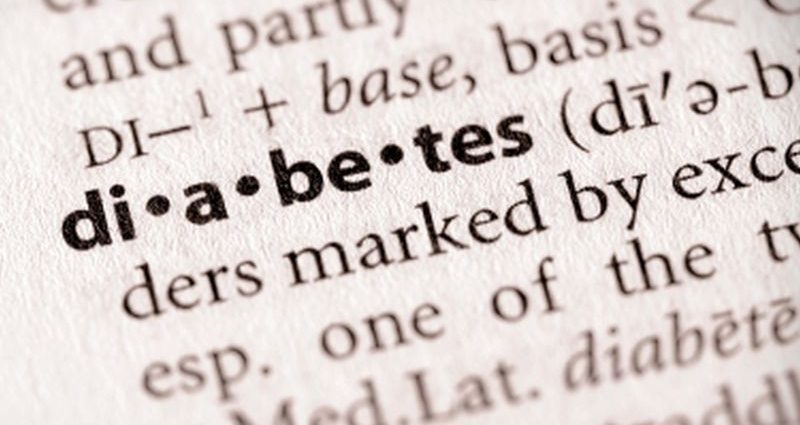THURSDAY, Dec. 21, 2023 (HealthDay News) — Kids who’ve survived cancer face many health challenges, and a heightened risk for diabetes is one of them, new research shows.
A team at St. Jude’s Children’s Hospital in Memphis, Tenn., reports that these children have twice the odds of developing prediabetes (a precursor to full-blown diabetes) compared to kids without any history of cancer.
“One of the striking features was the very high prediabetes prevalence at such a young age in survivors,” said study lead author Dr. Stephanie Dixon, an oncologist at St. Jude’s.
“The problem is over time, more and more people continue to progress to diabetes,” she added in a hospital news release. If prediabetes begins at the age of 20, for example, that means a big rise in risk for heart disease and kidney issues much earlier in the life span, Dixon explained.
The findings were published recently in the Journal of Clinical Oncology.
The study involved more than 3,500 childhood cancer survivors, along with 448 adults without such histories. By the time they were an average of 30, over 29% of participants who’d survived a childhood cancer had prediabetes, compared to about 18% of controls, Dixon’s group found.
Full-blown diabetes affected 6.5% of childhood cancer survivors and 4.7% of controls.
By the time they reached their 40s, almost half (45.5%) of childhood cancer survivors had prediabetes, while 14% had diabetes, the study found.
Risks for heart disease were much higher among the cancer survivors, as well.
“For cardiovascular disease overall, diabetes alone was associated with a statistically significant increase in risk,” Dixon said. “But when we broke it down, we found a significant increase in risk for heart attack in people with prediabetes, and then for cardiomyopathy [heart failure] and stroke in people with diabetes.”
Dixon’s group noted that there was some good news: With proper life style management, prediabetes and diabetes can be prevented.
“We need to help survivors understand that prediabetes is really an early warning sign that says you need to do something, whether that’s changing lifestyle, starting medication or following up with primary care,” Dixon said. “But that has to start with physicians identifying when a survivor has developed prediabetes and then counseling the survivor on the importance of diabetes prevention and follow-up.”
The bottom line: “We should be considering interventions to mitigate risk in this population of prediabetic and diabetic survivors so they can live longer, healthier lives,” Dixon said.
More information
Find out more about the health risks faced by survivors of childhood cancer at the American Childhood Cancer Organization.
SOURCE: St. Jude Children’s Hospital, news release, Dec. 13, 2023
Copyright © 2025 HealthDay. All rights reserved.

